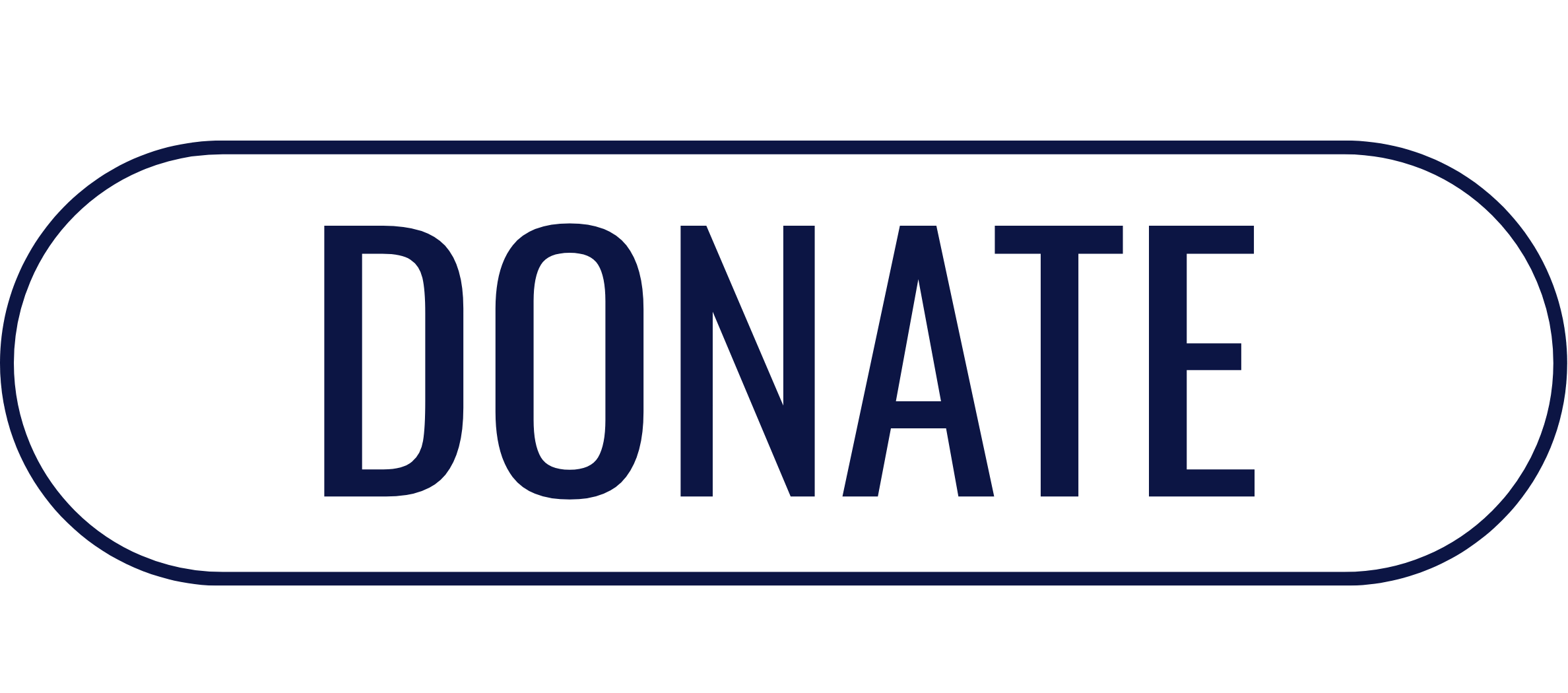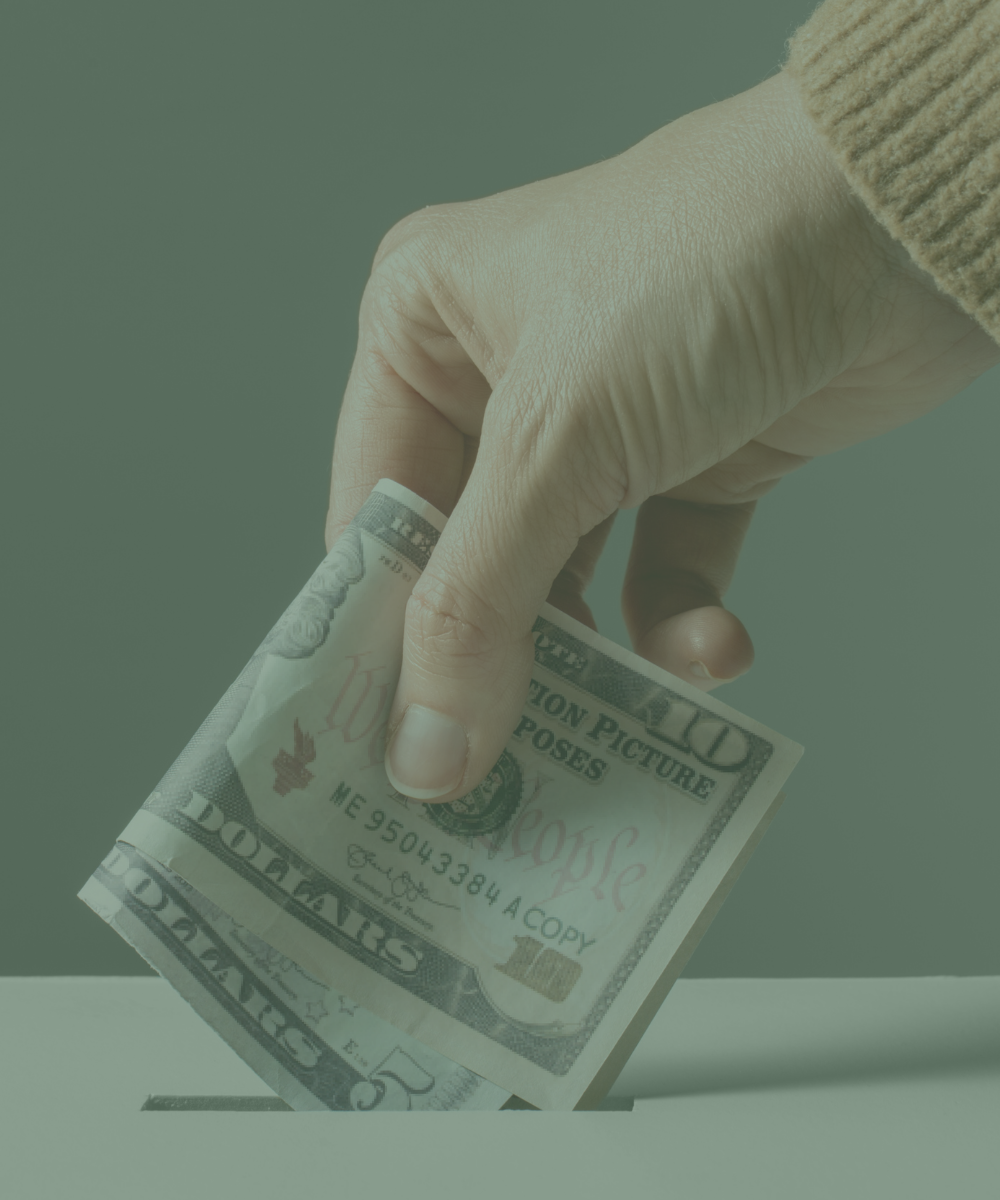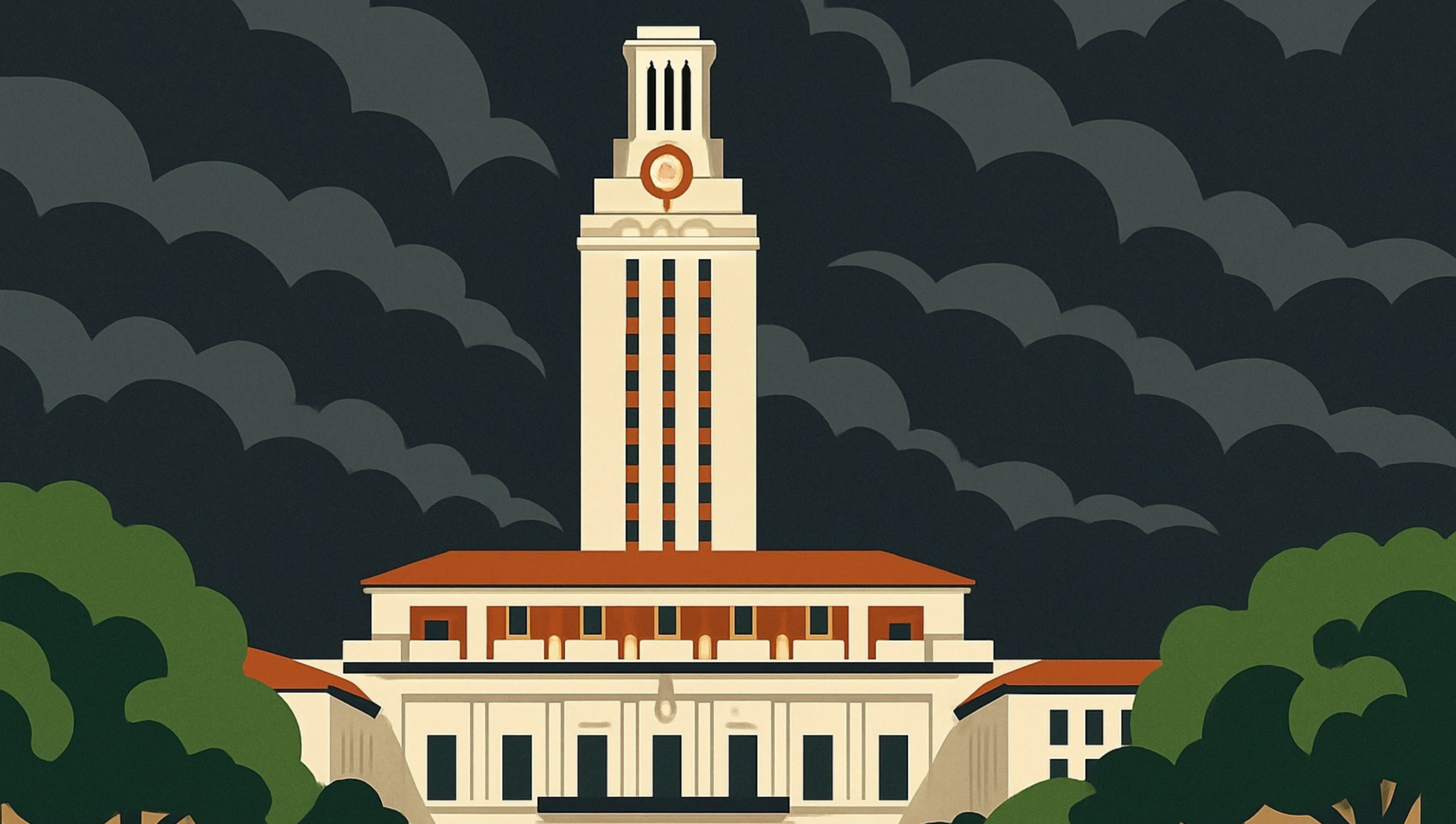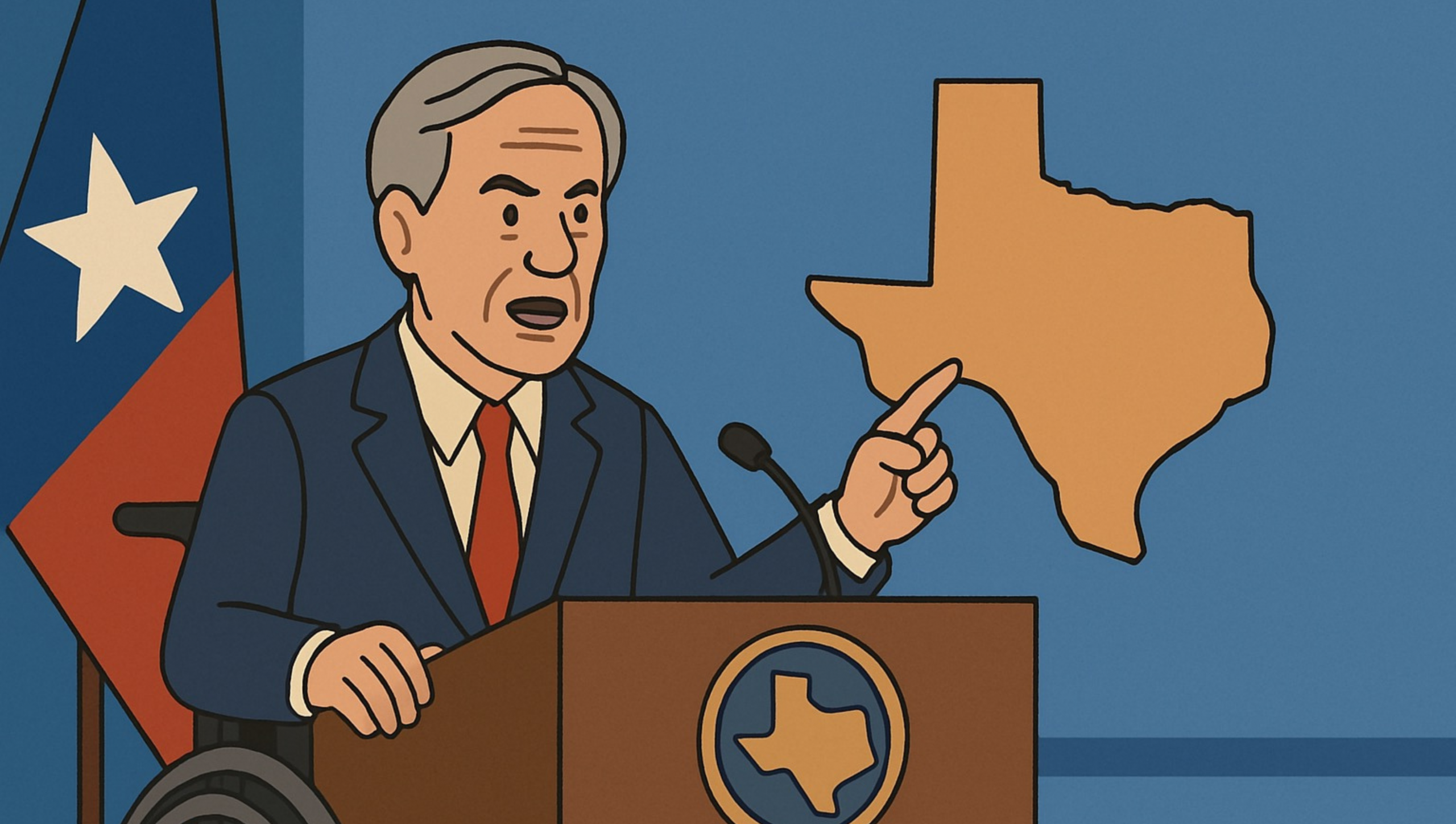On Monday, President Biden met with members of the Congressional Hispanic Caucus, where among other issues he mentioned that his administration is looking into options to forgive a substantial but unspecified amount of federal student loan debt.
Earlier this month, the Biden Administration extended the moratorium on federal student loan payments through the end of August 2022. This comes at the heels of significantly less favorable poll numbers and a stalled domestic agenda from the administration itself. The Biden Administration has thus far extended this moratorium four times.
Student loan forgiveness has long been a pet policy goal of the regressive left, with little regard to who would end up footing the bill. Since the beginning of Biden’s presidency, he has been under increased pressure to do something about it.
How Much Debt Are We Talking About Here?
According to the U.S. Department of Education, the amount of student loan debt has nearly doubled over the last ten years. Over 43 million Americans owe a total of nearly $1.75 trillion. You read that correctly, $1.75 trillion, or read another way $1,750,000,000,000.
The average federal student loan debt balance is $37,113 per debtor. Student loan debt is the second-highest debt category, after home mortgages for borrowers. Among those attending colleges today, 65% graduate with student debt.
It is an unsustainable number, but some worry that asking the government to forgive loans themselves continues to add fuel to the proverbial financial fire the United States currently finds itself in already. With record-high inflation and runaway government spending already, taxpayers are already feeling the consequences of irresponsible government financial decisions.
You Took Out a Loan, So Pay It Back!
The federal student loan program was purportedly designed to help students obtain the means for higher education, regardless of age and financial experience. The program is unique in that it gives virtually no consideration to a borrower’s creditworthiness or loan repayment history.
While running for President in 2020, Biden backed the idea of some student loan forgiveness. While speaking at a campaign event in Miami, Florida he said,
“I’m going to make sure that everybody in this generation gets $10,000 knocked off of their student debt as we try to get out of this God-awful pandemic.”
According to an analysis provided by the Federal Reserve Bank of New York, forgiving $10,000 of student loan debt for every borrower would amount to nearly $321 billion.
Thus far, Congress has been reluctant to act on this issue, not having a majority of Senate Democrats in favor of such a policy change. This reluctance has led many on the regressive left to call for Biden to provide relief through executive action.
White House Press Secretary Jen Psaki indicated at a White House press briefing on Monday that the Biden Administration would make a decision to continue to extend the moratorium or take action on student debt between now and the end of August.
Recently there has been increased pressure by Congressional Democrats to cancel debt as high as $50,000 per borrower, including by U.S. Senate Majority Leader Chuck Schumer (D-New York).
Forgiving $50,000 in borrower debt would cost about $904 billion, according to the same analysis by the Federal Reserve Bank of New York. It would completely forgive the overall debt of nearly 30 million borrowers.
As a defensive measure, Republican Senators filed legislation that would limit the ability of the Biden Administration to suspend student loan repayments going forward.
In filing the legislation, U.S. Senator Mike Braun (R-Indiana) released a statement Wednesday,
“Why should they be forced to pick up the tab for college degrees in the name of pandemic relief? This transfer of wealth is not a move to ‘advance equity,’ but rather a taxpayer handout to appease far-left activists.”
Federal student loan programs were created in 1965 as a part of then-President Lyndon B. Johnson’s ‘Great Society,’ with the passage of the Higher Education Act. This legislation essentially flipped the idea of traditional lending on its head, becoming yet another example of where Congress essentially decided it knew better than the markets did, allowing lending to take place to anyone regardless of creditworthiness and financial literacy.
Fast forward to today, no real market exists in higher education, largely due to the way federal student loans are administered, and it appears the Biden Administration might be set on continuing the madness.
Fiscal House on Fire
In the event student loan forgiveness becomes a reality, President Biden would ultimately be manipulating what was agreed upon as a loan between the borrower and the financial institution to that of a gift, all at the expense of the taxpayer.
It is economically delusional, and will only perpetuate a broken system.
The U.S. National Debt sits at over $30 trillion. Runaway government spending exacerbated over the last few presidential administrations has set the United States on an unsustainable financial path that will only continue to ensure less prosperity for future generations of Americans. Potentially adding to this fiscal insanity for the potential of popular support going into the midterm elections is a terrible trade-off for American taxpayers.




